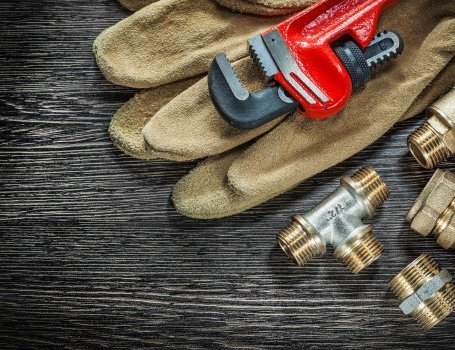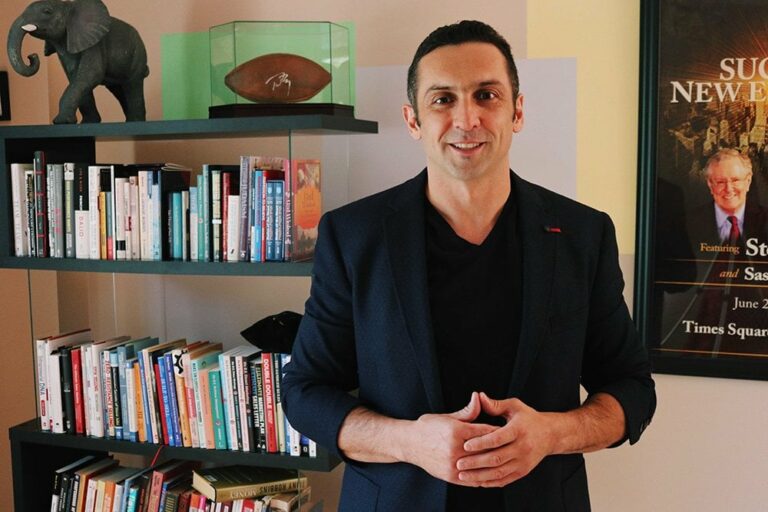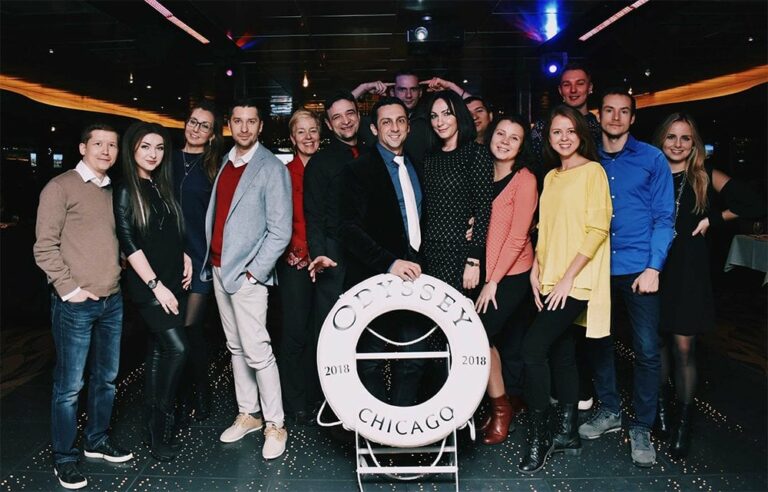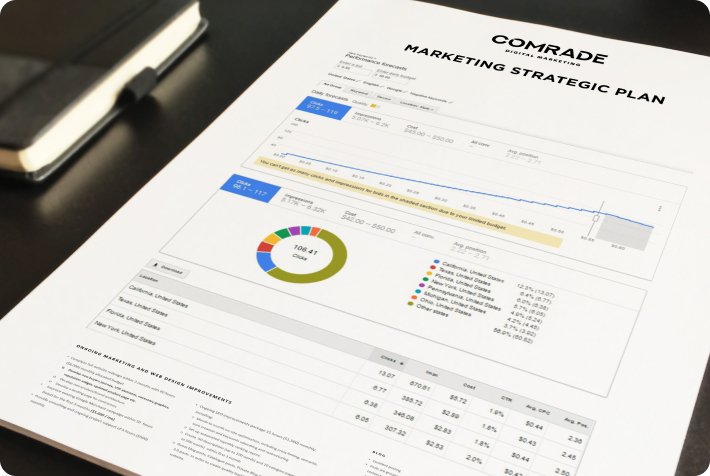
Providing SEO services to Miami businesses since 2008

- 2.5x
- INCREASE IN SEO TRAFFIC
- 120%
- INCREASE IN PPC REVENUE
- 70%
- SALES QUALIFIED LEADS INCREASE
- 35%
- CONVERSION RATE INCREASE

Miami SEO Agency
Comrade is a search engine marketing company in Miami, Florida that offers custom SEO services to assist with a variety of business needs. Our Miami SEO experts know what it takes to help your company grow and reach new heights. With over a decade of experience in web development, organic search, SEO campaigns, and more, we know what it takes to help companies of all sizes and in all industries with their internet marketing needs. Our full-service agency is dedicated to helping Miami businesses like yours achieve better results, guaranteed.
Miami, Florida is a bustling city with so much life and energy to offer. Home of the Miami Heat, pristine beaches, and fantastic weather year-round, Miami has tons to offer. This vibrant city also offers vibrant neighborhoods, fun nightlife, and plenty of amazing food options to consider. The city is nicknamed “the Magic City,” and you’ll surely see why as soon as you step foot into this bustling and beautiful metropolis.
In addition to an incredible skyline in downtown Miami, the city has a plethora of sandy beaches to enjoy. Miami Beach, South Beach, and Bal Harbor are only a handful of beaches that offer scenic views and plenty of activities. Its predominant Hispanic community is rich with culture and pride, offering many amazing restaurants, art galleries, events, and happenings.
Miami is also one of the most diverse cities when it comes to sports. Whether you are a professional sports fan or you simply like to indulge in recreational sports activities, you’ll be happy to be in Miami. Go boating, fishing, snorkeling, sailing, scuba diving, or play sand volleyball. Outside of the beach, you can catch a Miami Heat game or watch the Dolphins at the Hard Rock Stadium.
Comrade Digital Marketing proudly provides services in Miami and surrounding areas:
- Wynwood
- South Beach
- Brickell
- Coconut Grove
- Edgewater
- Overton
- and others
9 Other Top Miami SEO Agencies
If you want to make the most of your SEO campaign, you need a partner who can provide personalized support. You need a Miami SEO company that understands the nuances of your industry in order to meet your needs. You can depend on Comrade’s SEO marketing services to produce strong results for your brand.
Nevertheless, every client’s needs are different, and no single digital marketing agency can satisfy all of them. Taking that into consideration, we have compiled a list of 9 other SEO companies serving Miami.
Relationships are the backbone of hipeDIGITAL businesses, and they reap the benefits of those relationships. In addition to creative design, they also specialize in lead generation, viral video marketing, and social media marketing. Whenever you need them, they’re there.
The core purpose of White Shark Media is to provide businesses, agencies, and organizations with solid digital marketing and SEO solutions.
Based in Miami, they are a full-service marketing agency specializing in customer-centric marketing. In their role as digital explorers, they contribute to the rapidly changing marketing landscape through their groundbreaking work.
The pragmatic and transparent approach SEO Monolith adopts to build and maintain your online presence is what makes them different. In addition to their MBA degree and a minimum of 25 years of “real world” experience, all their consultants are original creators of the “Hybrid Consultancy” business model.
SEOfly knows SEO like the back of its hand. To achieve SEO success, their experts identify keyword opportunities based on your industry and competition using specialized software. Your search engine ranking WILL improve with them.
The team at ZINC Digital of Miami has spent hundreds, if not thousands, of hours watching trends, crunching numbers, and making tough decisions. The company specializes in professional website development, branding, PPC and enterprise SEO for aggressive companies.
With over 20 years of experience delivering impactful marketing and advertising solutions to diverse clients — including SEO, PPC, social media management / advertising, web design / development, graphic design — PROPER is a full-service brand marketing agency.
It is a group of hardworking individuals who are productive, responsible, enthusiastic, and above all else, creative. You will receive expert assistance from a dedicated team of experts in the fields of SEO, Social Media Management, Web Design, and Consulting from Play Media.
ADZIV offers a wide range of services across web design, eCommerce (Shopify), social media marketing, SEO, conversion rate optimization, PPC/SEM, Sales Funnels, and UI/UX. With the latest digital marketing strategies and best practices, their professionals build successful results for their clients by blending the latest technology and the latest marketing strategies.
Miami SEO Company Solutions Designed to Grow Your Business
Keyword Research & Optimization
Our Miami SEO agency excels in keyword research and optimization. We analyze your business, identify relevant search terms, and strategically implement them across your site and advertising campaigns. With meticulous attention to Google Analytics, we optimize for success, targeting the right audience at the right time. Our experienced team ensures your Miami business thrives through effective keywords and digital marketing.
SEO Audit
Our Miami SEO specialists conduct rigorous SEO audits. We collect and analyze data to understand your website’s performance, pinpointing focus areas for optimization. We examine URLs, meta descriptions, incoming links, visibility on Google, titles, headings, and more. Our goal is to enhance your organic search result rankings, driving your business towards success.
Comprehensive Content Marketing
Content marketing is a powerful tool in our Miami SEO arsenal. We create high-quality, shareable content such as articles, videos, social media posts, and podcasts to attract and retain your audience. By establishing your company as an industry expert, we make lead generation easier and increase brand awareness.
On-Page SEO
Our Miami SEO team excels in on-page SEO. We optimize both the front-end and back-end of your website to drive traffic and generate leads. Beyond creating useful content, we focus on technical elements like optimizing HTML tags, images, headlines, title tags, and meta descriptions, integrating relevant keywords for maximum efficiency.
Technical SEO Services
Our technical SEO services include website and server optimizations to improve search engine crawling and indexing. We ensure your site is mobile-friendly, SSL secured, and has fast page load speeds. We prioritize original, quality content and create an XML sitemap to boost your site ranking. Our aim is to make your website SEO-friendly and accelerate customer acquisition.
Local SEO
Enhance your local visibility with our Miami SEO services. We optimize your Google My Business listing and Google Maps placement, targeting ‘near me’ searches in Miami and surrounding areas. Our strategic approach boosts your rankings in local listings and relevant directories, driving more local customers to your business.
Link-Building and Off-Page SEO
Boost your organic ranking with our link-building and off-page SEO services. Our Miami SEO experts increase the volume and quality of inbound links to your site, enhancing search engine visibility. Our off-page strategies include content marketing, social media, reviews, and more, driving traffic to your site from external sources.
Mobile-Friendly Optimization
Ensure a streamlined brand experience across devices with our mobile-friendly optimization services. A mobile-optimized site not only enhances user experience but also improves lead generation and conversion rates. Trust our Miami SEO company to deliver a seamless mobile experience for your customers.
Voice Search Optimization
Leverage voice search optimization with our Miami SEO services. We optimize keywords for voice assistants, catering to the increasing number of consumers using voice search. Boost your website traffic and generate more business by being easily discoverable through voice searches.
Results Achieved by Our Miami SEO Clients
How We Achieve SEO Results
SEO Audit
Even before a contract is ever signed, Our Miami SEO company will start the process by conducting a detailed and complimentary appraisal of your existing SEO strategy. After this free consultation, you’ll get an in-depth report on what’s working, what’s not, and what opportunities we’ve found for serious growth. Rest assured that you are in good hands with our SEO experts.
12-month SEO Strategy
Once we’ve completed your free SEO audit (with a full competitive profile evaluation), we start to map marketing goals and strategies. Our robust strategy is backed by years of experience and research in your niche, allowing us to increase organic traffic to your site. Our approach includes keyword research, content calendar creation, and the development of a detailed monthly SEO plan that you’ll review with your account manager. As a part of the strategy, we will set up ambitious goals that are closely tracked.
Execute Ongoing SEO
Once the strategy is in place, it’s time to take action. As one of the top SEO companies, we are used to juggling multiple parts of your strategy at once. We tap into a vast variety of SEO activities taking place: website optimization, content creation/optimization, niche directories registration, technical cleanup, link building, and much more.
Measure, Report, Adjust
There is always transparent reporting around our SEO campaigns. Each month we monitor results and make adjustments to our plan to ensure we move towards the established goal and key performance indicators. We keep the track of most important business KPIs including website traffic, the number of leads or sales, and the cost per lead.
Comrade Can Help Any Miami Buisness
Miami SEO for Lawyers
Drive more clients to your law firm with our expert Miami SEO services. We specialize in legal SEO, optimizing your site for visibility and client conversion. Let us help you dominate the Miami market.
Miami SEO for Home Services
Improve your home service business’s online visibility with our Miami SEO strategies. We target local customers, enhancing your site’s ranking for related keywords. Stand out in the competitive Miami home services sector.
Miami SEO for Doctors
Boost your practice’s online presence with our specialized Miami SEO for doctors. We focus on medical SEO, targeting potential patients in the Miami area. Enhance your visibility and patient acquisition today.
Our SEO experts will analyze your website’s SEO and send a report with found issues, opportunities and tips.
Why businesses in Miami choose Comrade
Our Miami SEO agency is passionate about driving organic traffic and growing your business. Here’s how we can help you achieve results. We never take on new clients unless we have a full understanding of how we can deliver value.
It's like having your own digital marketing branch, without the headaches (and costs) of hiring in-house

We never take on a new client unless we can document how we can succeed in growing their business in a meaningful way. We work with every client as if we are a business partner, truly invested in their success. Because, well, we are. When you work with Comrade you get a team of professionals in the field, all dedicated to your business.
-
Increasing organic traffic for our clients with proven results
-
Consistently ranked within the top three or five results on Google for our clients
-
Over 100+ clients have trusted us with their SEO needs for over a decade
-
For revenue targets, progress is transparently tracked against our own 12-month SEO plan
-
You can count on us to provide you with not just results, but also SEO consultation as a long-term outsourced team.
Comrade SEO Services - Miami
Comrade Digital Marketing helps businesses in Miami grow through advanced web design and digital marketing solutions.
- Increase brand awareness & loyalty
- Increase your qualified leads
- Elevate your conversion rate
- Foster a repeat customer base
- Decrease cost per lead
- Increase return on marketing investment
Ready to speak with our Miami SEO team?
Here's What Our Miami Clients Want to Know
What sort of online marketing services do you provide to Miami-based companies?
Our Miami SEO agency provides many different digital marketing services, including on-page SEO, off-page SEO, link building, reputation management, social media marketing, email marketing, content creation and marketing, pay-per-click marketing, and so much more. If you have questions about what we provide, don't hesitate to reach out to our team!
What industries do you serve?
We're proud to work with businesses in a range of industries! From small businesses to enterprise companies, from law firms to contractors and home improvement, we are happy to offer our services to any company that is looking to gain more revenue and clients.
Can you explain your guarantee?
We are happy to offer a 100% satisfaction guarantee to all of our clients. Even though our results speak for themselves, we want you to have confidence in our marketing agency.
What's the advantage of hiring Comrade over other Miami SEO companies?
Our company is highly experienced in digital marketing and creating content that will help your business grow. Because we know what works and what doesn't, we are able to generate more traffic to your site and grow your customer base. On top of that, we're extremely passionate about customer service and always treat our clients with respect.
Can I afford your services?
Yes! We never want cost to be a determining factor in whether or not you choose us as your SEO company. Feel free to chat with us about our prices during the initial consultation.
How long before I start seeing results from your SEO firm?
Depending on the services that you need, results can be relatively fast, or they can take a few months to generate, particularly for search engine optimization. Our team will always keep you looped in on how campaigns are performing to build trust.












